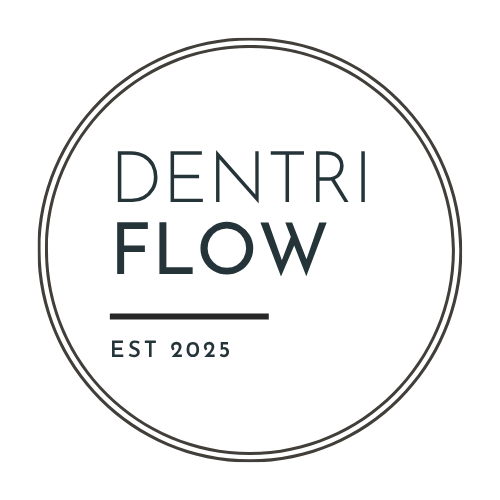Project Request Form
Create custom request forms for any project need—responses feed into a Table and trigger downstream Zaps (task creation, notifications).
Problem It Solves
Teams often collect ad‐hoc project requests via email or chat, causing inconsistent information, missed details, and delayed action. Without a standardized intake, requests can slip through gaps, and project managers scramble to gather missing data. By embedding a custom request form that writes directly to a centralized Table and triggers automated Zaps, every request is captured, organized, and routed immediately.
Process Overview
Embed a branded “Project Request” form on your website, intranet, or portal to collect fields such as Requester Name, Department, Project Title, Description, Desired Timeline, and Priority.
Upon submission, Zapier writes the entry into a “Project Requests” Table with a unique Request ID and timestamp.
Zapier triggers downstream Zaps—such as creating a task in Trello/Asana/Monday.com, sending email notifications to stakeholders, or updating a Slack channel.
Project managers review the Table, update request statuses (New, In Review, Approved, Rejected), and add notes or attachments.
Status changes automatically trigger follow-up Zaps to inform requesters and team members of decisions and next steps.
Key Features & Capabilities
Customizable Intake Fields
Configure any fields you need (Project Title, Description, Desired Timeline, Budget, Priority, etc.) so each request is complete and consistent.Centralized Table Storage
All form submissions write to a “Project Requests” Table—providing a single source of truth for incoming work.Automated Task Creation
New requests can automatically create tasks in Trello, Asana, or Monday.com, populated with mapped fields and due dates.Real-Time Notifications
Trigger email or Slack notifications to designated stakeholders whenever a new request arrives or its status changes.Status Tracking & Approvals
Use a “Status” column (New, In Review, Approved, Rejected) and a “Comments” field for approvers to document decisions or conditions.Attachment Support
Include file-upload capability so requesters can attach briefs, mockups, or supporting documents directly to the Table entry.
Typical Use Cases
Marketing Campaign Requests
Marketing team members submit campaign ideas via the form. Each entry creates a task in Asana for the marketing operations lead, who approves or requests more information before kickoff.IT Procurement
Employees request new hardware or software. The form captures requirements, and Zapier notifies the IT procurement manager to review, then creates a Trello card for the purchase workflow.Design & Creative
Stakeholders request design assets—landing pages, brochures, logos. The form logs requirements and automatically generates a Monday.com item assigned to a designer, complete with due dates and priority tags.
Prerequisites & Client Responsibilities
Form & Table Schema Confirmation
Approve the “Project Requests” Table schema with columns: Request ID (auto-generated), Requester Name, Department, Project Title, Description, Desired Timeline, Priority, Attachment (optional), Status, Assigned Manager, and Timestamp.Downstream Tool Credentials
Provide API access or integration details for any task management tool (Trello, Asana, Monday.com) and communication channels (Slack, email) used in the workflow.Notification Settings
Specify who should receive alerts (email addresses or Slack channel names) when new requests arrive or statuses update.Approval Workflow Rules
Define approvers and any conditional logic (e.g., budget thresholds) that determine whether a request is auto-approved or requires manual review.SLA & Reminder Criteria
Determine how long a request can remain “New” before Zapier sends automated reminders (e.g., 48 hours).Team Permissions
Identify who needs “Viewer” access (to monitor incoming requests) vs. “Editor” access (to update statuses, add comments, or modify workflows) within the Table and downstream Zaps.
Pricing
One-Time Setup: $340
(Build and embed the branded “Project Request” form, configure the “Project Requests” Table, and set up/test downstream Zaps for task creation and notifications.)Monthly Support: $75/month
(Maintain form and Table integrations, adjust workflows or notification rules as needed, and troubleshoot any issues.)

